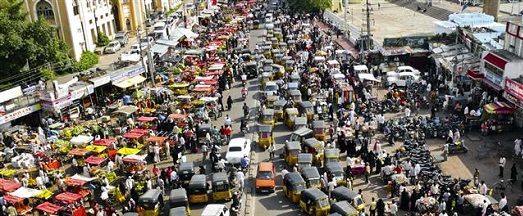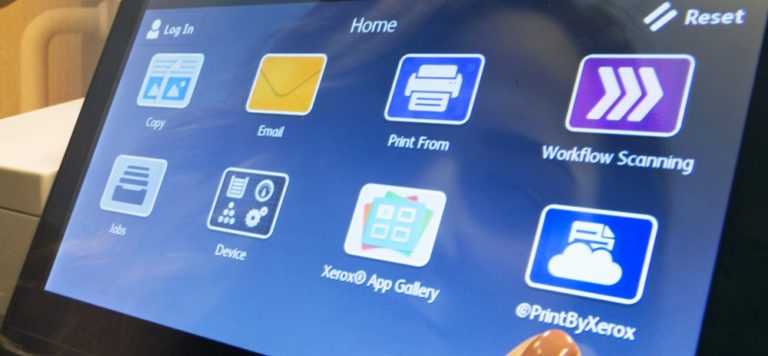By Laurie Riedman, consultant to Xerox
I love working with innovators at Xerox. They make what they do look so simple, yet it really isn’t. I never tire of how the scientists, researchers and engineers see things so differently. This is especially evident whenever I’m in the lab and catch a glimpse of a new innovation demo. I always walk away in awe at how they make it look so easy to simplify a problem, and create a really cool – and not to mention – elegant and simple solution.

I love it even more – when an outside industry group recognizes this talent too.
The Xerox Merge® system, a city-wide sensor based smart parking solution was just awarded the 2014 Promising Innovation in Transport award from the OECD, an intergovernmental organization for the transport sector with 54 member countries. How cool is that?
I’m not surprised that the jury was impressed with how the system puts real-time data into the hands of city managers and drivers, resulting in smarter parking options and less driver frustration.
Merge uses real-time data from smart meters, off-street parking lots and street parking sensors to help cities manage traffic and parking options. The system uses the data to provide a complete “view” of parking demand and behavior in a specific area. The result is city managers who have the “street smarts” to make better decisions regarding parking fees and availability, which eases commutes and making it simpler for people to find a place to park.
The system also feeds real time data to smart phone applications and even a vehicle’s navigation system. Motorists get valuable information such as actual parking rates and availability. It can even guide them right to available spaces using GPS navigation. A pay-by-cell system can allow drivers to pay for, and top-up their parking meters using a cell phone or smart phone — and payments are automatically visible to enforcement officers.
The innovation that powers all this are smart pricing algorithms that take parking sensor data and adjust the parking rates based on demand. For example, it will cost more to park on city blocks that are often full, while lower rates are applied to underutilized areas. These variable rates give drivers an incentive to use a different mode of transportation (public transit perhaps), or to park a bit further away. When rates are set appropriately the need to circle around looking for parking is reduced – with less time lost, congestion reduced, safer driving, and better access to shops.
Congrats to all the folks at Xerox that continue to do such great work making lives simple on and off the road. Now, if only they can work on an algorithm to help all my kids share our family car this summer – now that would simplify my life.
Laurie Riedman is a geek at heart and loves working with Xerox scientists around the globe. This summer, when she isn’t talking to media on behalf of the Xerox Innovation Group, she no doubt will be negotiating a car-sharing system of her own to simplify and keep the peace at home.



